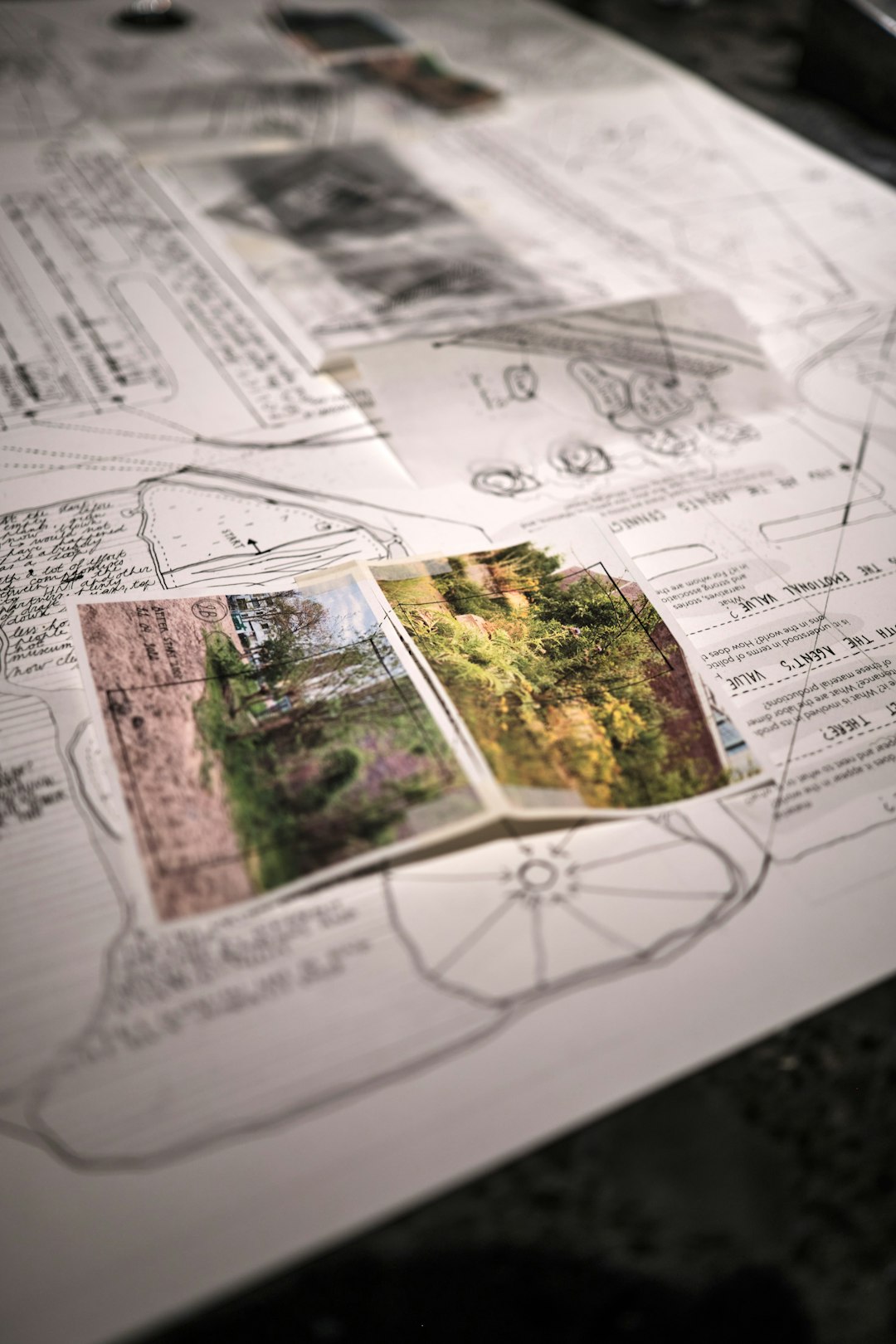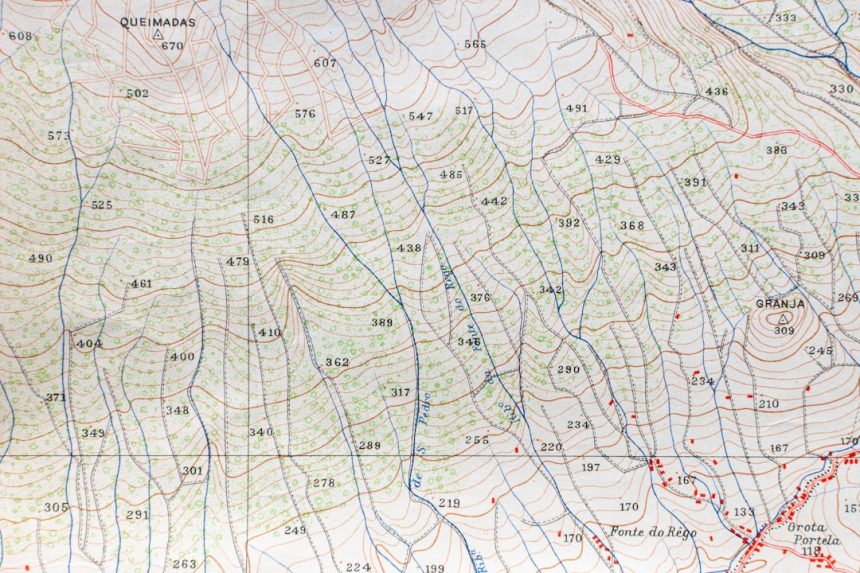Whether you’re a surveyor, a real estate professional, or simply someone trying to understand property boundaries, plotting deed descriptions can be complicated. Fortunately, with the rise of digital tools, this task has become significantly easier. One of the most popular and user-friendly options available today is Tract Plotter — a free online deed plotting software that simplifies the process of mapping property descriptions based on metes and bounds.
What is Tract Plotter?
Tract Plotter is a browser-based application that allows users to input property legal descriptions and generate visual maps of land parcels. Unlike traditional CAD software or paid mapping tools, Tract Plotter focuses on clarity, ease of use, and accessibility. It’s particularly useful for:
- Surveyors needing quick plot previews
- Landowners interpreting legal deed descriptions
- Real estate professionals reviewing property boundaries
- Genealogists or historians studying historic land records
Because it’s web-based and free to use, there is no need to download anything to your device. Just open your browser, navigate to the website, and you’re ready to get started.
Simple Input, Instant Plot
The core feature of Tract Plotter is its simple text-based input. Users can copy and paste descriptions directly from deeds, including calls that use directions, distances, and sometimes curve data. The software interprets standard metes and bounds data and instantly translates them into a 2D plot.

Example: A call might look like this: “S 45° E, 150 feet”, indicating a southeast line 150 feet in length. You can add this along with other calls to build a full description. Tract Plotter automatically draws the lines, showing how the parcel looks geographically.
Key Features
Tract Plotter offers several helpful features that make it stand out among other plotting tools:
- Real-time plotting: See the shape of your land take form as you enter each line instruction.
- Customizable units: Choose between feet, meters, acres, and other units for compatibility with different deeds.
- Interactive editing: Easily move points, undo lines, or adjust boundaries to match measurements precisely.
- Export Options: Download your final plot as an image or PDF for easy sharing or record-keeping.
- Virtual grid background: Gives visual reference for scale and orientation.
Why Use a Deed Plotting Tool?
Legal descriptions of land can be incredibly complex, especially when written in older language or using surveyor shorthand. Manually interpreting and mapping such information not only takes time, but also risks mistakes. Here’s where a tool like Tract Plotter can become essential:
- Improved Accuracy: Reduces human error when plotting large or complicated parcels.
- Time Saving: What might normally take hours with pen and paper can now be done in minutes.
- Visual Aid: Helps turn abstract deed text into a clear visual shape, making it easier to verify or explain to others.

Perfect for Historical and Modern Deeds
Tract Plotter is particularly effective when dealing with historic land records. Many older properties are documented using unique local systems or land grants, which can be time-consuming to interpret. With Tract Plotter’s flexibility and intuitive interface, you can visualize these historic tracts without intensive CAD knowledge.
At the same time, it supports standard format legal descriptions common in today’s real estate and surveying industries. With support for various curves, directions, arcs, and other elements, it can handle most modern description formats seamlessly.
Limitations to Be Aware Of
While extremely useful, Tract Plotter isn’t a replacement for professional surveying tools. It does not integrate with GPS, lack third-party verification, and does not store geographic coordinates.
That said, for quick visualizing, basic validation, and communication purposes, Tract Plotter is an invaluable option — especially when cost and speed are top concerns.
Conclusion
Whether you’re untangling an old family deed or preparing a new land purchase agreement, Tract Plotter gives you a fast, free, and functional way to visualize what’s on paper. Its strength lies in its simplicity, enabling even non-specialists to gain insight into property layouts. For anyone working around land, deeds, or property segmentation, it’s a tool worth bookmarking.
Try it out today and experience how a few lines of text can map the boundaries of a whole new world.


